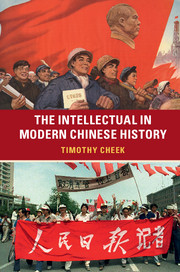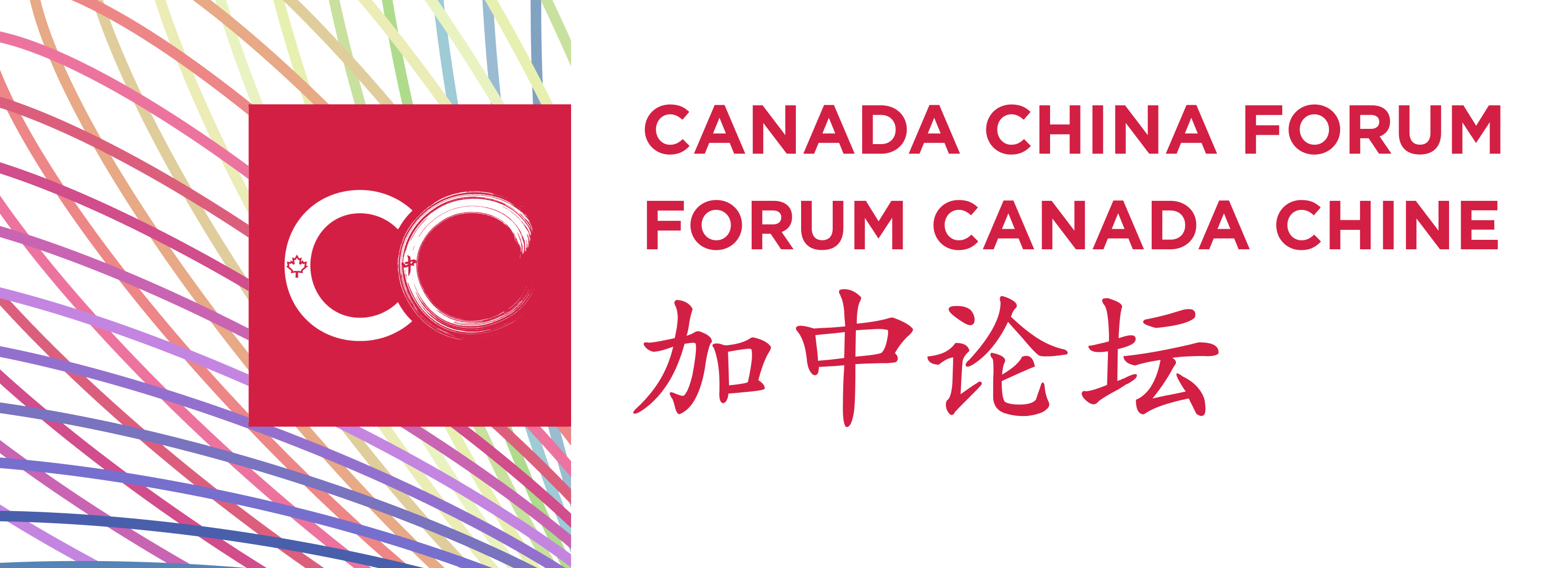May 20, 2021 –
#AsianHeritageMonth presents an opportunity for Canadians to explore the history of Chinese Canadians and/or China-Canada relations.
The Canada-China Forum has compiled a list of books, videos, and links for those interested in learning more.
We’ll be updating this for the rest of the month, and beyond!
Videos
CBC News: Forgotten Chinese-Canadian fought in WW I’s Battle of Hill 70
This video tells the story of Chinese-Canadian soldier Frederick Lee, who fought in the Battle of Hill 70 during the First World War. Few knew about his contributions until recently.
Simon Fraser University: From C to C: Chinese Canadian Stories of Migration (English subtitles)
SFU’s Teaching and Learning Centre has won a Leo Award for best one-hour documentary program for its documentary From C to C: Chinese Canadian Stories of Migration, produced and directed by Jordan Paterson. This clip is an interview selection with Bill Wong of Modernize Tailors (est. 1913) in Vancouver’s Chinatown. Bill reflects on a poem his father taught him to remember his ancestral village in Taishan, China.
CBC Arts: You’ll want to hear this storyteller’s stories of Asian Canadian culture
Did you ever hear the story about the opera singer who fled war-torn China in 1938? In a harrowing attempt to escape the conflict between China and Japan, she found her way out of the country and into Canada on an opera company tour. Her story does not end there, though. She landed in Canada only to learn that Chinese immigration was not allowed at the time because of the Chinese Exclusion Act of 1923 legislation, which banned Chinese people from entering the country. If you want to know how the tale ends, Toronto-based professional storyteller Bernice Hune can tell you. She knows the story intimately and can tell it a lot better than I can — because that opera singer was her mother.
NFB (Karen Cho): In the Shadow of Gold Mountain
Filmmaker Karen Cho travels from Montreal to Vancouver to uncover stories from the last survivors of the Chinese Head Tax and Exclusion Act, a set of laws imposed to single out the Chinese as unwanted immigrants to Canada from 1885 to 1947. Through a combination of history, poetry and raw emotion, this documentary sheds light on an era that shaped the identity of generations.
Articles/Books
Chop Suey Nation: The Legion Cafe and Other Stories from Canada’s Chinese Restaurants by Ann Hui
In 2016, Globe and Mail reporter Ann Hui drove across Canada, from Victoria to Fogo Island, to write about small-town Chinese restaurants and the families who run them. It was only after the story was published that she discovered her own family could have been included—her parents had run their own Chinese restaurant, The Legion Cafe, before she was born. This discovery, and the realization that there was so much of her own history she didn’t yet know, set her on a time-sensitive mission: to understand how, after generations living in a poverty-stricken area of Guangdong, China, her family had somehow wound up in Canada.

Being Chinese in Canada: The Struggle for Identity, Redress and Belonging by William Ging Wee Dere
William Dere’s Being Chinese in Canada is the first book to explore the work of the head tax redress movement and to give voice to the generations of Chinese Canadians involved. Dere explores the many obstacles in the Chinese Canadian community’s fight for justice, the lasting effects of state-legislated racism and the unique struggle of being Chinese in Quebec.
But Being Chinese in Canada is also a personal story. Dere dedicated himself to the head tax redress campaign for over two decades. His grandfather and father each paid the five-hundred-dollar head tax, and the 1923 Chinese Immigration Act separated his family for thirty years. Dere tells of his family members’ experiences; his own political awakenings; the federal government’s offer of partial redress and what it means to move forward—for himself, his children and the community as a whole.

The Intellectual in Modern Chinese History by Timothy Cheek
This vivid narrative history of Chinese intellectuals and public life provides a guide to making sense of China today. Timothy Cheek presents a map and a method for understanding the intellectual in the long twentieth century, from China’s defeat in the Sino-Japanese war in 1895 to the ‘Prosperous China’ since the 2008 Beijing Olympics.

Links/Other Resources
Government of Canada: Asian Heritage Month Resources
The Government of Canada notes that the theme for Asian Heritage Month 2021, “Recognition, Resilience, and Resolve”, embodies the myriad of sentiments that peoples of Asian descent in Canada have experienced and honours their contributions and their diverse stories which are rooted in resilience and perseverance. It is also a call to action for all Canadians to come together to combat all forms of anti-Asian racism and discrimination. This link provides helpful resources and information for those interested in learning more.
CBC: Celebrate Asian Heritage Month
The CBC has compiled various interviews, events, and documentaries highlighting the heritage and accomplishments of Asian-Canadians.
University of Victoria: Asian Heritage Month 2021
The University of Victoria has outlined a list of Asian Heritage Month resources, highlighting Asian culture as part of their vibrant and diverse community as they attempt to chart a better, more inclusive, future.
ACCT Foundation: “Tracking Yellow Peril”
The Action, Chinese Canadians Together (ACCT) Foundation presents this infographic on yellow peril, commonly known as a historical term used to describe East Asians perceived to be a threat to Western civilization. The term also invoked images of a disease – implying that East Asians were uncivilized, dirty, unwanted and perpetually considered as foreign or “Other”. However, if we take a closer look at contemporary events and media portrayals throughout the recent past, we will be able to trace alarming xenophobic notions of Yellow Peril that have persisted beyond historical events.
ACCT Foundation: “The History: Chinese People in Canada”
ACCT has compiled a helpful infographic outlining the key dates and milestones of Chinese people in Canada. The graphic dates back to 1850, when Thousands of Chinese came to the Fraser Valley in B.C. to mine for gold as prospectors and experienced racial discrimination Subsequently, thousands of Chinese came to work in the construction of the Canadian Pacic Railway in the 1880s as cheap labour.




